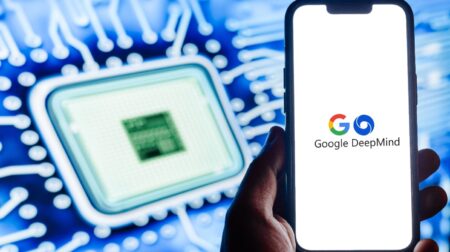Nasa’s 2020 Perseverance rover will feature an instrument attached to its robot arm that searches for traces of microscopic life using an AI-powered precision X-ray.
Planetary Instrument for X-ray Lithochemistry (PIXL) is “lunchbox-sized” and looks to discover chemical fingerprints left by ancient microbes.
According to NASA, PIXL differs from previous X-ray fluorescence spectrometers used on Mars as it scans using a finely focused X-ray beam to discover both location and quantity of chemicals across the surface.
The composition of Mars’ rocks could help NASA decide if the samples are worth returning to Earth for further study.
Abigail Allwood, PIXL’s principal investigator at NASA’s Jet Propulsion Laboratory, said: “PIXL’s X-ray beam is so narrow that it can pinpoint features as small as a grain of salt. That allows us to very accurately tie chemicals we detect to specific textures in a rock.”
The attachment also features a hexapod, six mechanical leg device, connecting PIXL to the 2m-long robot arm providing stability for accurate aim. PIXL uses a camera and laser to calculate the distance to rocks before the hexapod makes movements about twice the width of a human hair. The device scans a postage stamp size area mapping the chemicals within.
Due to the temperature fluctuations on Mars, more than 38oC over the course of a day, PIXL will be used after the sun sets preventing the robot arm expanding or contracting in the heat.
Allwood therefore described PIXL as a night owl: “The temperature is more stable at night, and that also lets us work at a time when there’s less activity on the rover.”









